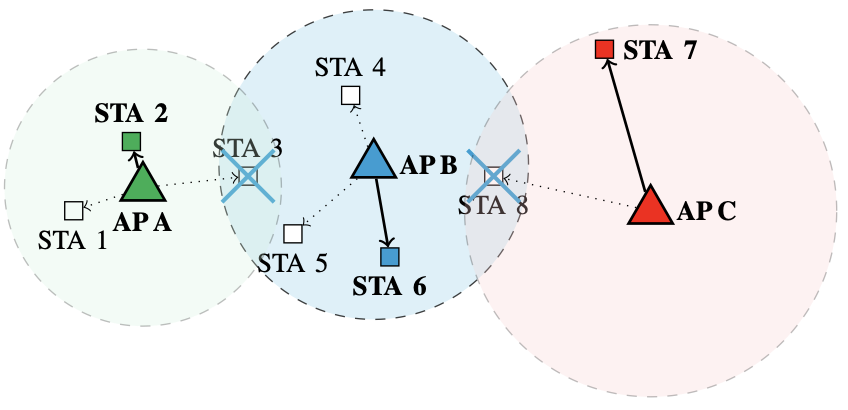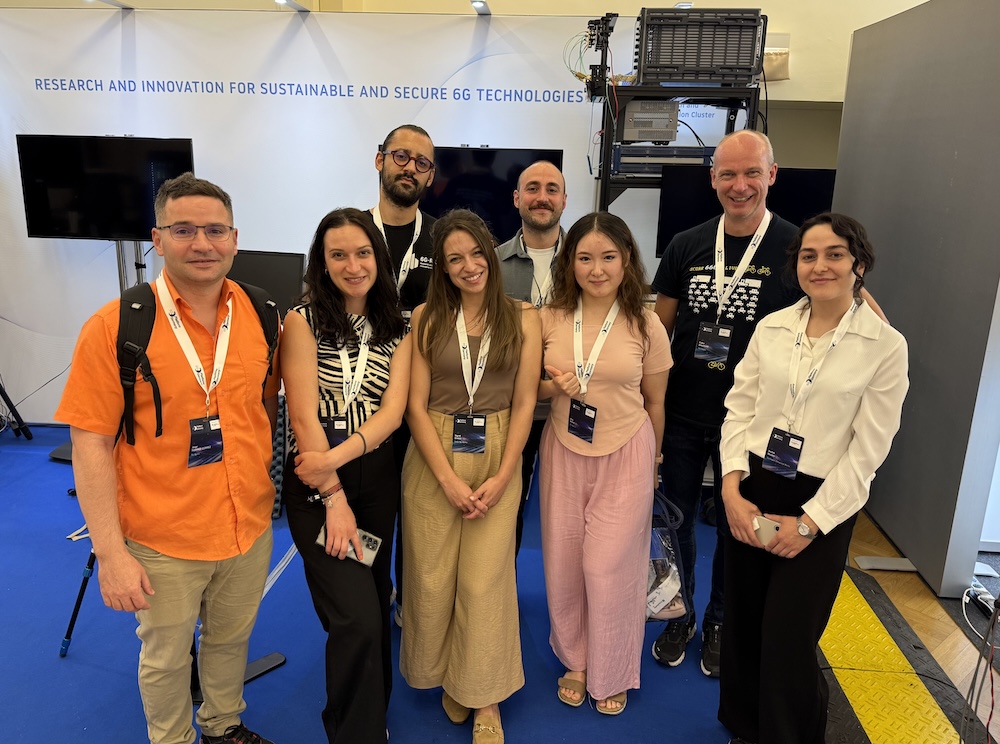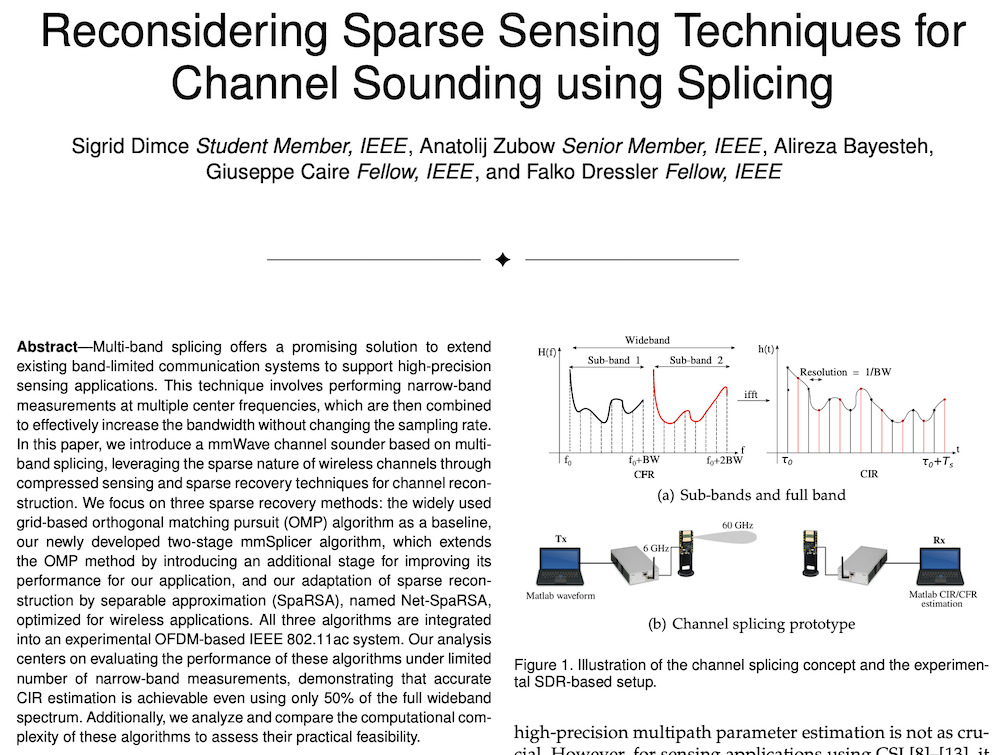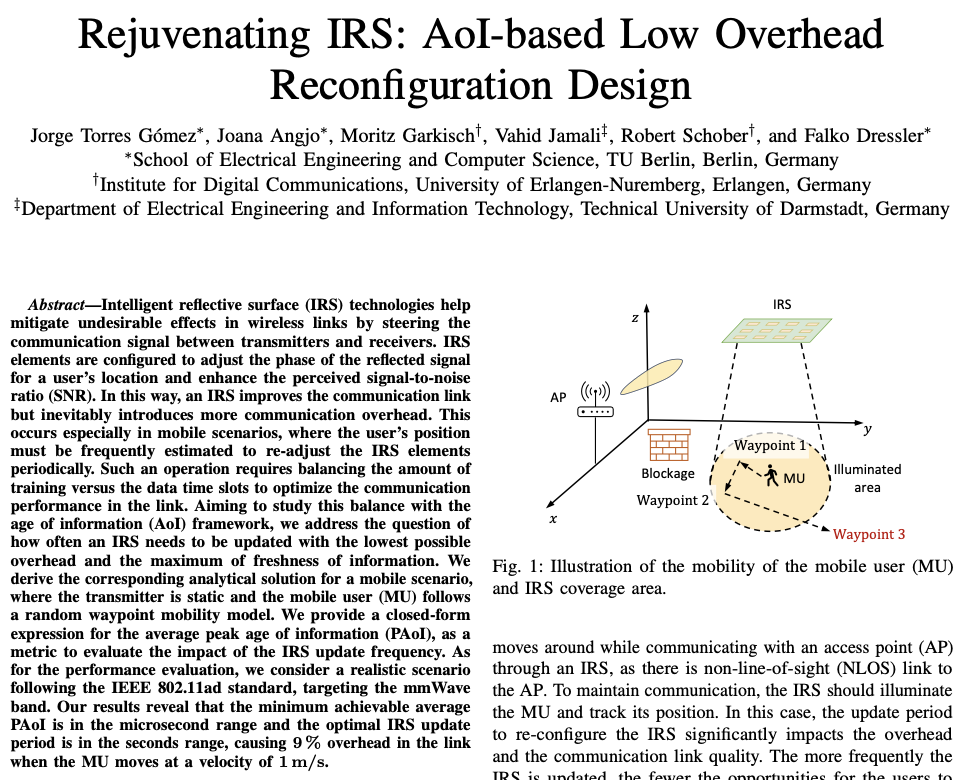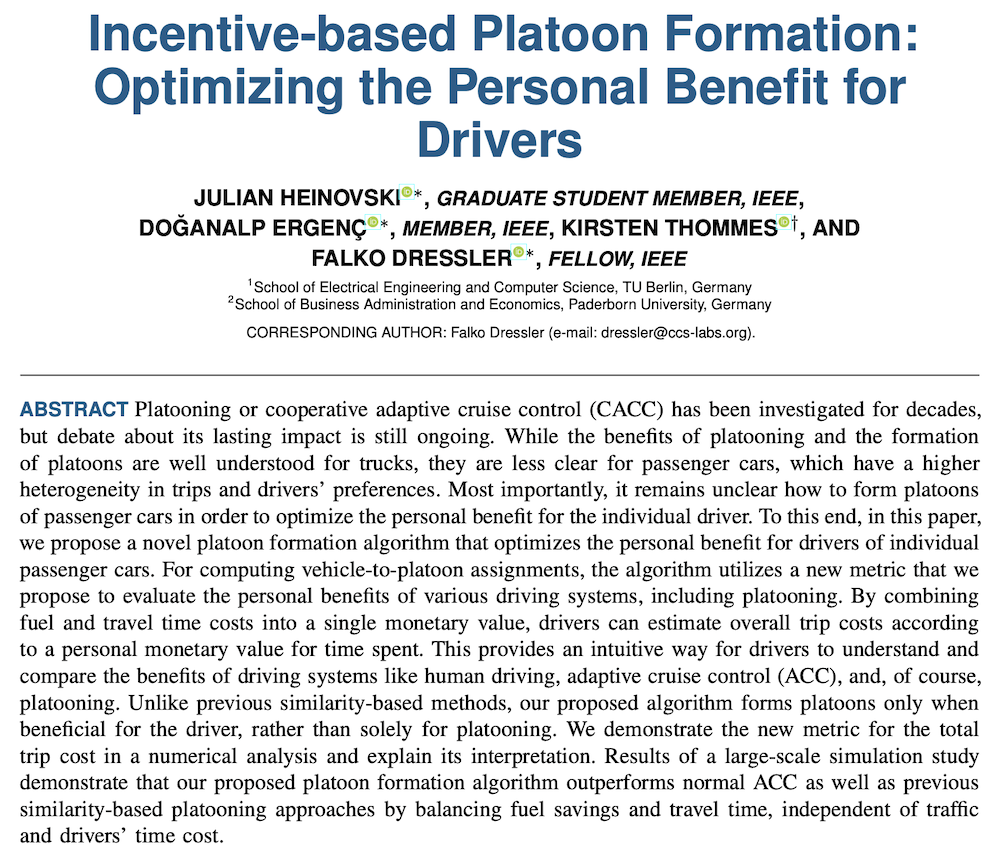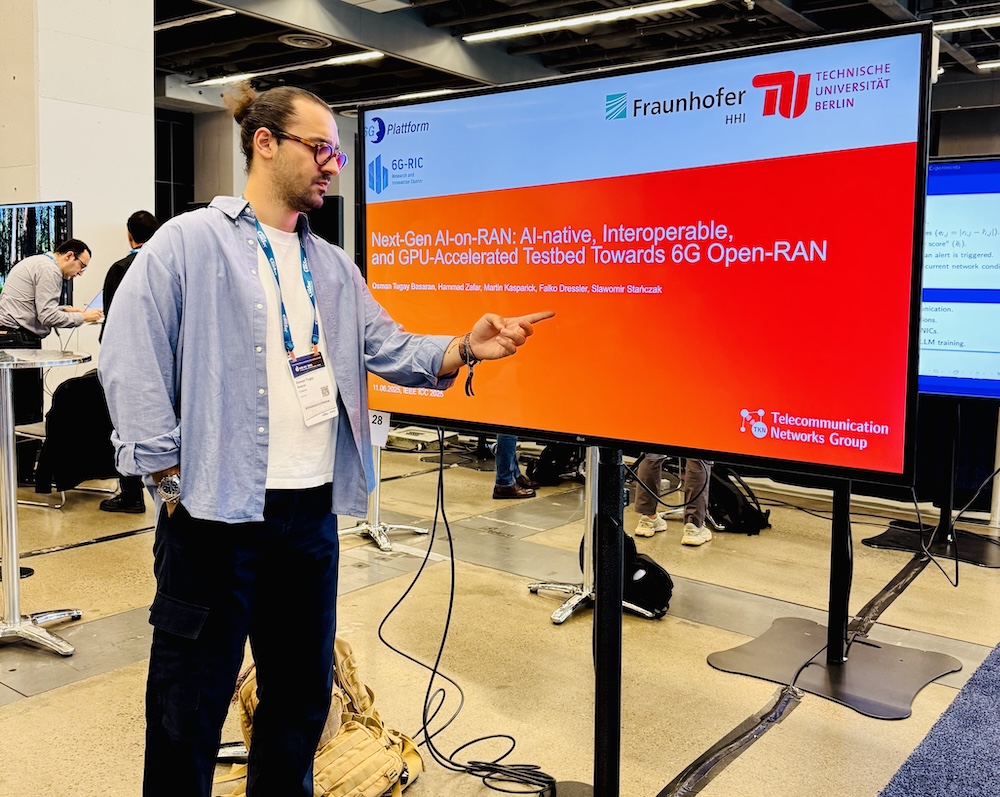Literature Database Entry
basaran2025xainomaly
Osman Tugay Basaran and Falko Dressler, "XAInomaly: Explainable and Interpretable Deep Contractive Autoencoder for O-RAN Traffic Anomaly Detection," Elsevier Computer Networks, vol. 261, pp. 111145, April 2025.
Abstract
Generative Artificial Intelligence (AI) techniques have become integral part in advancing next generation wireless communication systems by enabling sophisticated data modeling and feature extraction for enhanced network performance. In the realm of open radio access networks (O-RAN), characterized by their disaggregated architecture and heterogeneous components from multiple vendors, the deployment of generative models offers significant advantages for network management such as traffic analysis, traffic forecasting and anomaly detection. However, the complex and dynamic nature of O-RAN introduces challenges that necessitate not only accurate detection mechanisms but also reduced complexity, scalability, and most importantly interpretability to facilitate effective network management. In this study, we introduce the XAInomaly framework, an explainable and interpretable Semi-supervised (SS) Deep Contractive Autoencoder (DeepCAE) design for anomaly detection in O-RAN. Our approach leverages the generative modeling capabilities of our SS-DeepCAE model to learn compressed, robust representations of normal network behavior, which captures essential features, enabling the identification of deviations indicative of anomalies. To address the black-box nature of deep learning models, we propose reactive Explainable AI (XAI) technique called fastshap-C, which is providing transparency into the model's decision-making process and highlighting the features contributing to anomaly detection.
Quick access
Original Version ![]() (at publishers web site)
(at publishers web site)
BibTeX ![]()
Contact
Osman Tugay Basaran
Falko Dressler
BibTeX reference
@article{basaran2025xainomaly,
author = {Basaran, Osman Tugay and Dressler, Falko},
doi = {10.1016/j.comnet.2025.111145},
title = {{XAInomaly: Explainable and Interpretable Deep Contractive Autoencoder for O-RAN Traffic Anomaly Detection}},
pages = {111145},
journal = {Elsevier Computer Networks},
issn = {1389-1286},
publisher = {Elsevier},
month = {4},
volume = {261},
year = {2025},
}
Copyright notice
Links to final or draft versions of papers are presented here to ensure timely dissemination of scholarly and technical work. Copyright and all rights therein are retained by authors or by other copyright holders. All persons copying this information are expected to adhere to the terms and constraints invoked by each author's copyright. In most cases, these works may not be reposted or distributed for commercial purposes without the explicit permission of the copyright holder.
The following applies to all papers listed above that have IEEE copyrights: Personal use of this material is permitted. However, permission to reprint/republish this material for advertising or promotional purposes or for creating new collective works for resale or redistribution to servers or lists, or to reuse any copyrighted component of this work in other works must be obtained from the IEEE.
The following applies to all papers listed above that are in submission to IEEE conference/workshop proceedings or journals: This work has been submitted to the IEEE for possible publication. Copyright may be transferred without notice, after which this version may no longer be accessible.
The following applies to all papers listed above that have ACM copyrights: ACM COPYRIGHT NOTICE. Permission to make digital or hard copies of part or all of this work for personal or classroom use is granted without fee provided that copies are not made or distributed for profit or commercial advantage and that copies bear this notice and the full citation on the first page. Copyrights for components of this work owned by others than ACM must be honored. Abstracting with credit is permitted. To copy otherwise, to republish, to post on servers, or to redistribute to lists, requires prior specific permission and/or a fee. Request permissions from Publications Dept., ACM, Inc., fax +1 (212) 869-0481, or permissions@acm.org.
The following applies to all SpringerLink papers listed above that have Springer Science+Business Media copyrights: The original publication is available at www.springerlink.com.
This page was automatically generated using BibDB and bib2web.

